Scholl Nail Fungal Treatment Instructions: A Comprehensive Guide
This comprehensive guide provides detailed instructions for using Scholl Fungal Nail Treatment. It helps treat fungal nail infections effectively. The system includes nail files and advanced liquid for optimal results.
Understanding Scholl Fungal Nail Treatment
Scholl Fungal Nail Treatment is designed to combat nail fungus effectively using a two-step system. It consists of a liquid solution and disposable nail files. The treatment aims to kill 99.9% of nail fungus, addressing mild conditions. Early intervention is crucial to prevent the spread of infection. Regular use helps restore the natural appearance of affected nails.
The key lies in consistent application and proper filing techniques. The files remove the top layers of the nail, reducing the fungal load. The liquid contains amorolfine, an active antifungal ingredient. Understanding the treatment’s mechanism enhances its effectiveness. Scholl’s system is user-friendly, designed for home use with clear instructions to guide users through each step.
What is Scholl Fungal Nail Treatment?
Scholl Fungal Nail Treatment is a specially formulated system designed to eliminate nail fungus in two phases. It includes an advanced liquid and disposable nail files for effective treatment. The liquid contains amorolfine, an antifungal agent that targets the infection directly. The nail files help remove the infected layers of the nail, allowing better penetration of the liquid.
The treatment is suitable for mild fungal nail conditions. It aims to prevent the spread of infection and recurrence. The system is designed for easy, at-home use with clear instructions. Regular use is essential for visible results. The treatment kit is uniquely designed for optimal effectiveness in addressing fungal nail infections.
Key Features and Benefits
Scholl Fungal Nail Treatment offers several key features and benefits for effective fungal nail management. The system includes a unique 2-in-1 design with both liquid solution and disposable nail files. The advanced liquid contains amorolfine, an antifungal ingredient that kills 99.9% of nail fungus. Disposable files help remove infected nail layers, enhancing liquid penetration.
The treatment is easy to use at home, promoting convenience and compliance. It helps prevent the spread of infection to other nails and skin. Regular use restores the natural appearance of the nail. It is suitable for mild fungal nail infections. The system provides a complete solution for treating and preventing fungal nail issues. The dispenser ensures hygienic use of nail files.

Treatment Phases and Application
The Scholl Fungal Nail Treatment involves two phases: the treatment phase, targeting the infection, and the protection phase, preventing recurrence. Application requires filing and applying the liquid solution.
Phase 1: Treatment Phase (Weeks 1-4)
The initial treatment phase for Scholl Fungal Nail lasts four weeks. This intensive period aims to eliminate the nail fungus. Each week, file the affected nail surface using a disposable nail file from the dispenser to remove infected layers. After filing, apply the advanced liquid solution daily to the nail. Ensure proper disposal of used files to prevent infection spread. Consistency is key during these first four weeks for optimal results. Repeat the filing and liquid application process weekly. The liquid contains amorolfine, an antifungal ingredient. This phase sets the foundation for healthy nail regrowth.
Filing the Nail: Step-by-Step
Begin by dispensing a single-use nail file from the Scholl Fungal Nail Treatment kit. Gently file the entire surface of the infected nail to remove the top layers. Focus on areas showing visible signs of fungal infection. Use consistent, light strokes to avoid damaging the healthy nail. Ensure the filing is thorough but not overly aggressive. Dispose of the used file immediately after each weekly filing to prevent spreading the infection. This step helps reduce the amount of fungus on the nail. Proper filing enhances the effectiveness of the liquid solution. Repeat this process once a week during the treatment phase.
Applying the Advanced Liquid: A Daily Routine
After filing the nail, apply the Scholl Fungal Nail Treatment advanced liquid daily. Ensure the nail is clean and dry before application. Use the applicator to coat the entire surface of the infected nail thinly and evenly. Allow the liquid to dry completely before covering the nail with socks or shoes. This routine should be followed consistently every day, even on days when you file the nail. The liquid’s active ingredients penetrate the nail to combat the fungal infection. Consistency is key for achieving optimal results. Continue this daily application throughout both the treatment and protection phases. Proper application ensures the medication reaches the infection effectively.
Phase 2: Protection Phase (After 4 Weeks)
Following the initial four weeks of intensive treatment, enter Phase 2, the protection phase. Continue applying the Scholl Fungal Nail Treatment advanced liquid daily. Although the visible signs of infection may diminish, consistent application is crucial to prevent recurrence. This phase aims to protect the nail from further fungal growth and support healthy regrowth. Maintain a daily routine, ensuring the nail is clean and dry before each application. Monitor the nail’s appearance for any signs of reinfection. This ongoing protection helps to fully eradicate the fungus and promote long-term nail health. Diligence during this phase is paramount to ensure successful treatment and prevent future outbreaks.
Continued Application for Prevention
After completing the initial treatment phases, continued application of Scholl Fungal Nail Treatment is vital for preventing reinfection. Even after the visible signs of the fungal infection have disappeared, microscopic fungi may still be present. Regular, consistent application of the advanced liquid creates a protective barrier. This barrier inhibits fungal growth and prevents recurrence. Incorporate the application into your daily routine, ensuring the nail is clean and dry beforehand. Consistent use helps maintain a healthy nail environment, reducing the risk of future infections. Monitoring the nail regularly for any changes is also advisable. This proactive approach ensures long-term nail health and protection.
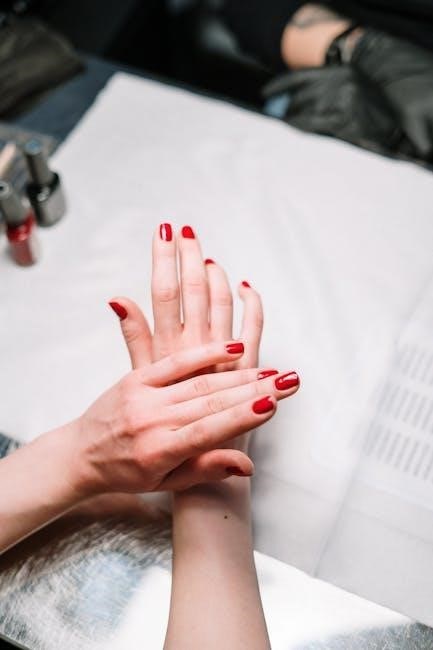
Detailed Instructions for Use
This section provides step-by-step guidance on the precise usage of Scholl Fungal Nail Treatment. This includes dispensing files, proper disposal, and effective application of the liquid solution to ensure optimal results.
Dispensing and Using the Nail Files
The Scholl Fungal Nail Treatment kit includes disposable nail files housed in a unique dispenser. To dispense a file, follow the instructions on the packaging. Gently remove one file at a time, ensuring not to dislodge the others. Each file is for single-use to prevent spreading the infection.
Before applying the treatment liquid, use the dispensed file to gently file the surface of the infected nail. This helps remove the top layers of the nail, reducing the amount of fungus present. File in one direction to avoid damaging the nail. Ensure the entire nail surface is addressed.
After filing, proceed with the liquid application as directed. Remember to use a fresh file each week during the treatment phase. Proper filing is crucial for the treatment’s effectiveness.
Proper Disposal of Used Files
After each use, it is crucial to dispose of the nail file properly to prevent the spread of fungal infection. Since the files are designed for single use, never reuse a file on the same or another nail. This minimizes the risk of cross-contamination and ensures the treatment remains effective.
To dispose of a used file, place it in a sealed plastic bag before discarding it in your regular trash. This extra step helps contain any fungal spores that may be present on the file. Avoid leaving used files lying around, as this could inadvertently spread the infection to other surfaces or individuals.
Always wash your hands thoroughly with soap and water after handling used files. This further reduces the risk of spreading the infection. Proper disposal is an essential part of the Scholl Fungal Nail Treatment process.
Applying the Liquid Solution Effectively
To effectively apply the Scholl Fungal Nail Treatment liquid solution, ensure the nail is clean and dry. Use the provided brush applicator to apply a thin, even layer of the liquid across the entire surface of the affected nail. Pay close attention to covering the entire nail bed, including the edges and corners, for comprehensive treatment.
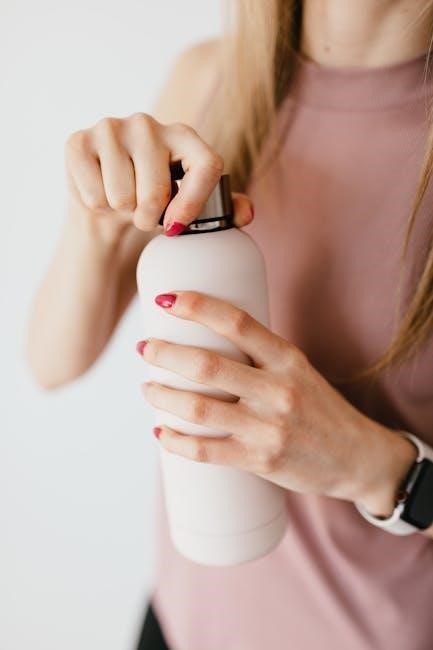
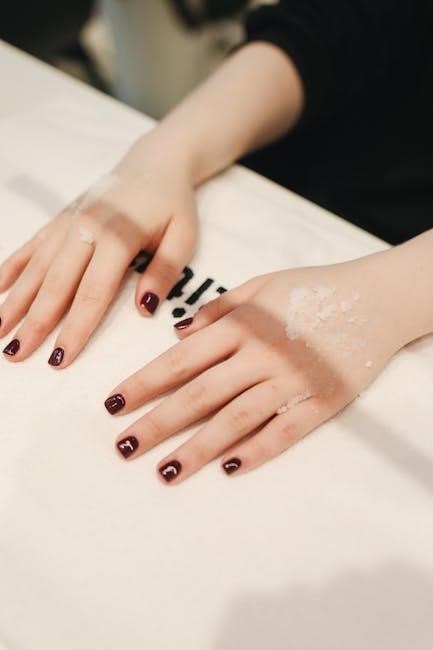
Allow the solution to dry completely before putting on socks or shoes to prevent smudging or wiping off the product. It is recommended to apply the solution daily, preferably at night, to maximize its contact time with the fungal infection. Consistency is key, so adhere to the recommended application schedule for the best results.
After application, avoid using nail polish or artificial nails, as these can trap moisture and hinder the treatment’s effectiveness. Monitor the nail’s progress regularly and continue the application as directed, even if you see improvement.
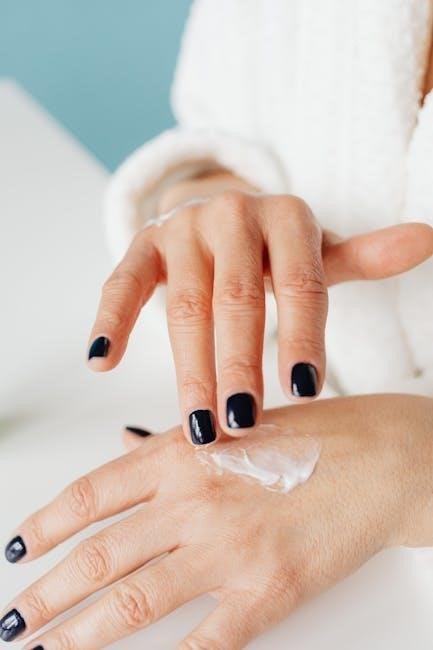
Ingredients and Their Functions
Scholl Fungal Nail Treatment contains amorolfine, an active antifungal that kills nail fungus. Other ingredients include aqua, isopropanol, and glycerine. These components work together to treat and protect the nail.
Active Antifungal Ingredient: Amorolfine
Amorolfine is the key active ingredient in Scholl Fungal Nail Treatment, known for its potent antifungal properties. This ingredient effectively targets and eliminates nail fungus, helping to restore the nail’s healthy appearance. Amorolfine works by disrupting the fungal cell membrane, inhibiting its growth and ultimately leading to its destruction. Its inclusion in the Scholl treatment ensures that the infection is directly addressed at its source. Regular application of the amorolfine-containing liquid, as directed, is crucial for achieving optimal results. This ingredient makes the Scholl treatment a reliable solution for mild fungal nail infections. The formulation allows for deep penetration into the nail bed, ensuring comprehensive coverage and effective treatment.
Other Key Ingredients and Their Roles
Beyond amorolfine, Scholl Fungal Nail Treatment incorporates several other key ingredients that play supportive roles in the treatment process. Aqua, often the base, ensures proper formulation and delivery of the active ingredient. Isopropanol acts as a solvent, aiding in the penetration of amorolfine into the nail. Glycerin serves as a humectant, helping to maintain moisture levels within the nail, preventing it from becoming brittle. Citric acid helps to adjust the pH of the solution, promoting nail health. Urea can aid in softening the nail, facilitating easier removal of infected layers. D-panthenol, a form of vitamin B5, contributes to nail hydration and flexibility. Xanthan gum acts as a stabilizer, ensuring consistent texture and application. Sodium benzoate serves as a preservative, preventing microbial growth within the solution.
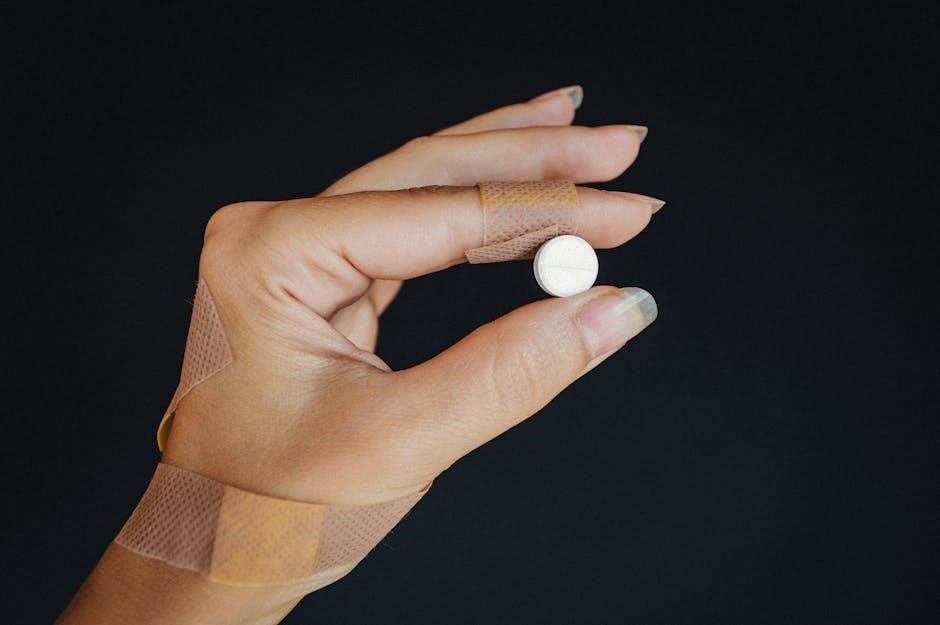
Important Considerations and Precautions
When using Scholl Fungal Nail Treatment, prevent infection spread by avoiding shared items. This treatment is suitable for mild conditions; consult a doctor for severe cases to ensure proper care.
Preventing the Spread of Infection
To prevent the spread of nail fungus, practice good hygiene. Avoid sharing nail clippers, files, or towels with others. Regularly disinfect manicure and pedicure tools. Wear breathable socks and shoes to reduce moisture. Keep your feet clean and dry, especially after showering or swimming. Avoid walking barefoot in public areas like gyms and locker rooms.
Treat infected nails promptly to minimize transmission. Consider using antifungal powders or sprays in shoes. Wash hands thoroughly after touching infected nails. Replace old shoes that may harbor fungus. By taking these precautions, you can significantly reduce the risk of spreading the infection to others or to other nails.
Suitable for Mild Fungal Nail Conditions
Scholl Fungal Nail Treatment is most effective for treating mild fungal nail infections. These are typically identified by discoloration, thickening, or brittleness affecting a small portion of the nail. If the infection has spread deeply into the nail matrix or involves multiple nails, consult a doctor.
This treatment is ideal for early-stage infections where the fungus hasn’t severely damaged the nail structure. Monitor the condition of your nails regularly. If there’s no improvement after several weeks of treatment, or if the infection worsens, seek professional medical advice. Using Scholl treatment for appropriate conditions will increase the likelihood of successful results.
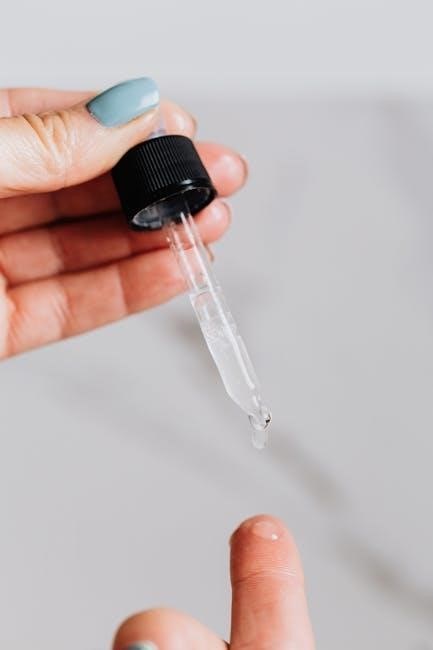
Additional Tips for Success
To maximize the effectiveness of Scholl Fungal Nail Treatment, consistency is key. Monitor your progress and adjust as needed. If symptoms worsen, consult a doctor for further evaluation and guidance.
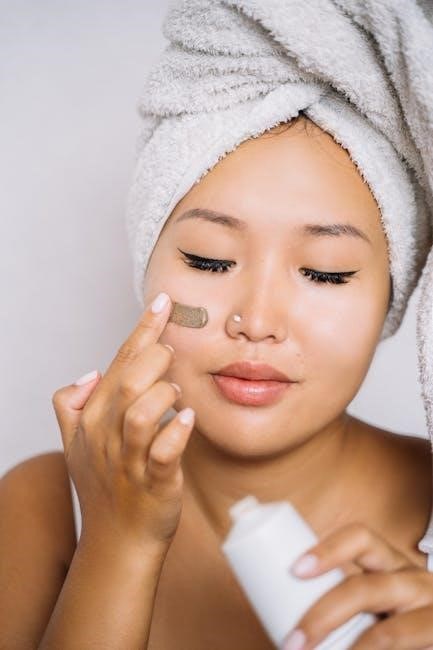
Consistency is Key

Maintaining a consistent routine is crucial for the Scholl Fungal Nail Treatment to be effective. Adhere strictly to the recommended application schedule as outlined in the instructions. Skipping days or inconsistent application can hinder the treatment’s ability to combat the fungal infection. Remember to file the nail once a week. Also, dispose of the file after use to prevent spreading the infection. Apply the advanced liquid daily, ensuring it covers the entire affected nail surface. Consistency ensures the active ingredients penetrate the nail, effectively targeting and eliminating the fungus over time. Stay committed to the routine for optimal results.
Monitoring Progress and Adjusting Treatment
Regularly monitor the treated nail for signs of improvement. Look for new, healthy nail growth and a reduction in discoloration or thickness. Documenting progress with photos can be helpful. If you observe positive changes, continue with the prescribed treatment plan. However, if there is no noticeable improvement after several weeks, re-evaluate your application technique or consult a healthcare professional. Adjustments might involve ensuring proper filing, consistent daily liquid application, or exploring additional treatment options. It’s essential to remain proactive and adapt the approach based on the nail’s response. Professional guidance ensures optimal treatment effectiveness.
When to Consult a Doctor
Consult a doctor if the fungal nail infection worsens or doesn’t improve after several weeks of using Scholl Fungal Nail Treatment. Seek medical advice if you experience pain, swelling, or redness around the affected nail. If the infection spreads to other nails or areas of the skin, a doctor’s evaluation is necessary. Individuals with diabetes or compromised immune systems should consult a healthcare professional before using over-the-counter fungal nail treatments. Additionally, if you are unsure whether your nail condition is fungal, a doctor can provide an accurate diagnosis. Timely medical intervention prevents complications and ensures appropriate treatment.
